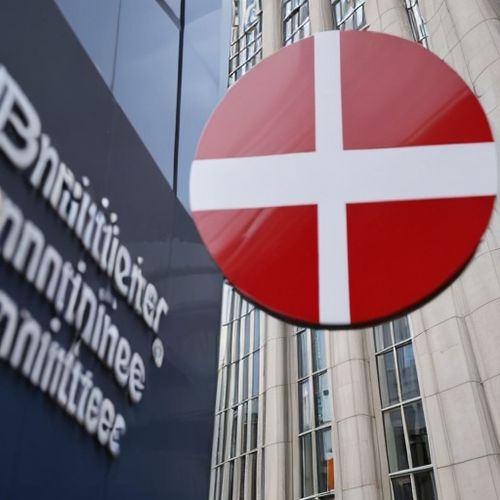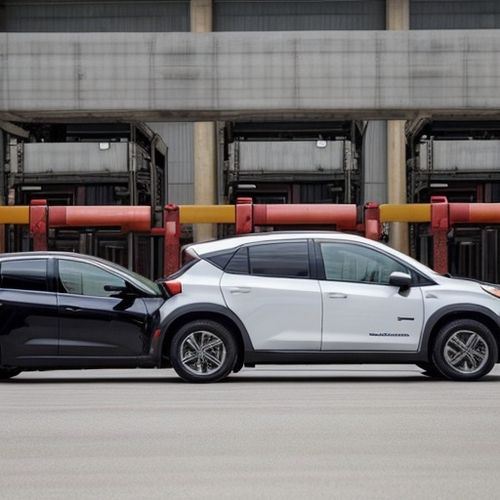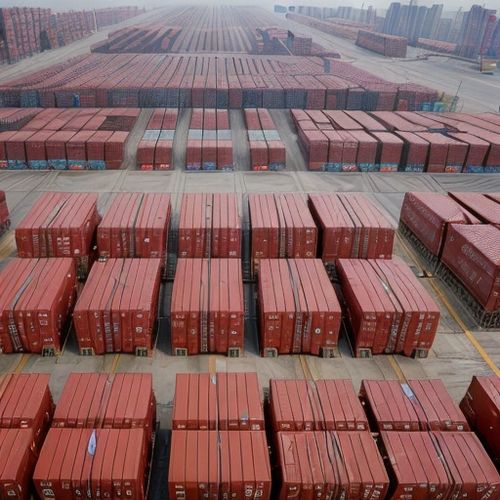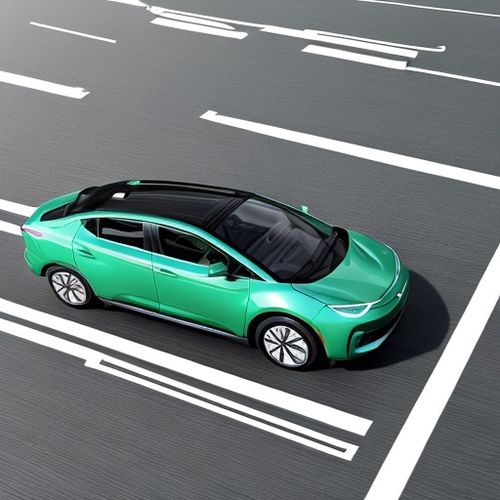The European Union's ambitious plan to phase out new fossil fuel-powered vehicles by 2040 has encountered significant pushback from several major automakers. This move towards a greener future is part of the EU's broader strategy to combat climate change and reduce greenhouse gas emissions. However, the transition to zero-emission vehicles (ZEVs) is not without its challenges, as it requires a massive shift in production, infrastructure, and consumer behavior.
The EU's Vision for a Green Future
The European Commission has set forth a roadmap that envisions a carbon-neutral Europe by 2050. A key component of this plan is the transition to zero-emission vehicles, which would effectively eliminate tailpipe emissions from new cars and vans. The proposal is part of the Fit for 55 package, which aims to reduce EU greenhouse gas emissions by at least 55% by 2030 compared to 1990 levels.
The Automotive Industry's Response
While some automakers have embraced the shift towards electric vehicles (EVs), others have been more reluctant. The resistance stems from various concerns, including the high costs associated with developing and manufacturing EVs, the need for substantial investments in charging infrastructure, and the potential impact on jobs in the traditional automotive sector.
Economic and Technological Hurdles
The transition to ZEVs is not merely a matter of changing vehicle designs; it involves a complete overhaul of the automotive industry's supply chain, manufacturing processes, and business models. The high cost of batteries and the complexity of EV technology present significant barriers to entry for some automakers, particularly smaller and less well-funded companies.
Infrastructure and Consumer Adoption
In addition to the challenges faced by automakers, there are also concerns about the readiness of Europe's infrastructure to support widespread EV adoption. The lack of charging stations, particularly in rural areas, could hinder the mass adoption of electric vehicles. Moreover, consumer resistance to EVs due to range anxiety, higher upfront costs, and a lack of familiarity with the technology remains a significant obstacle.
The Role of Government Policies
Government policies play a crucial role in facilitating the transition to ZEVs. Incentives for consumers to purchase EVs, such as tax breaks and subsidies, can help drive demand. Additionally, investments in charging infrastructure are essential to alleviate range anxiety and make EVs a more viable option for long-distance travel. However, the EU's proposal has been met with skepticism from some member states, who argue that the timeline is too aggressive and that the costs of compliance will be prohibitive.
Environmental vs. Economic Trade-offs
The debate over the EU's 2040 zero-emission vehicle agreement is not just about the environment; it's also about economic sustainability. While the long-term benefits of reducing emissions and transitioning to renewable energy sources are clear, the short-term costs can be substantial. Automakers and their suppliers must weigh the environmental benefits against the immediate economic impacts of retooling factories, investing in new technologies, and potentially laying off workers.
The Future of the Automotive Industry
As the world moves towards a more sustainable future, the automotive industry must adapt to meet the changing demands of consumers and regulators. The EU's 2040 zero-emission vehicle agreement represents a significant step towards a greener, more sustainable Europe. However, the path to achieving this goal is fraught with challenges, and the resistance from some automakers highlights the complexities of this transition.
The EU's push for a zero-emission future is a testament to its commitment to combating climate change. However, the journey to 2040 will require not only technological innovation but also a concerted effort to address the economic and social implications of this shift. The success of the EU's ambitious plan will depend on the ability of automakers, governments, and consumers to navigate these challenges and work together towards a more sustainable future.

By Sophia Lewis/Apr 6, 2025

By Thomas Roberts/Apr 5, 2025

By Emma Thompson/Apr 5, 2025

By Sarah Davis/Apr 5, 2025

By John Smith/Apr 5, 2025

By Laura Wilson/Apr 5, 2025

By Christopher Harris/Apr 5, 2025

By Emma Thompson/Apr 5, 2025

By David Anderson/Apr 5, 2025

By James Moore/Apr 5, 2025

By James Moore/Apr 5, 2025

By Natalie Campbell/Apr 5, 2025

By David Anderson/Apr 5, 2025

By Grace Cox/Apr 5, 2025

By Thomas Roberts/Apr 5, 2025

By Christopher Harris/Apr 5, 2025

By Michael Brown/Apr 5, 2025